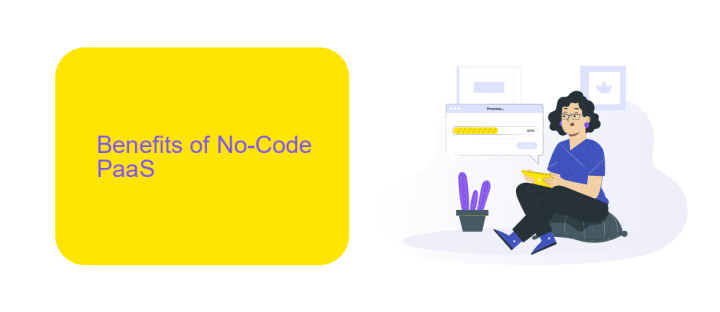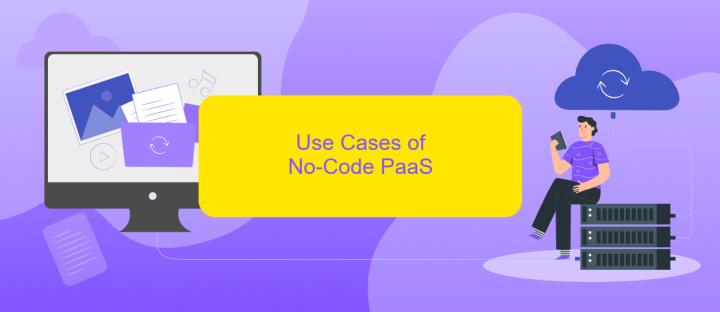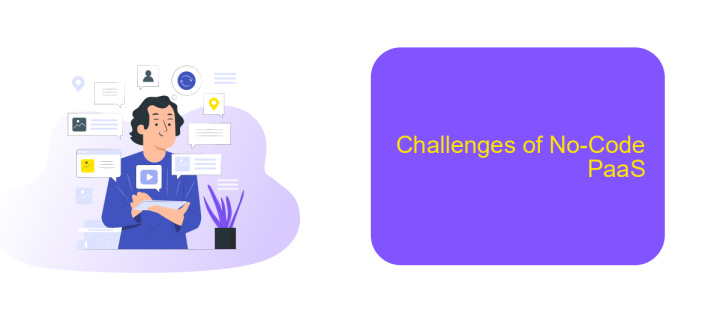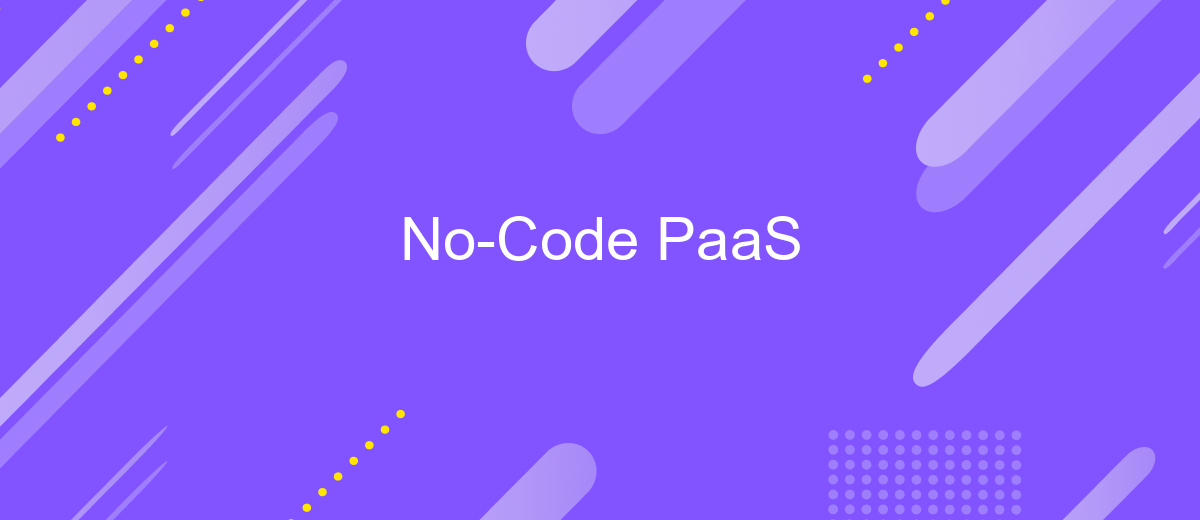No-Code PaaS
No-Code Platform as a Service (PaaS) is revolutionizing the way businesses develop and deploy applications. By eliminating the need for traditional coding skills, No-Code PaaS empowers non-technical users to create robust software solutions quickly and efficiently. This article explores the key features, benefits, and potential drawbacks of No-Code PaaS, and how it is transforming the landscape of software development.
What is No-Code PaaS?
No-Code PaaS (Platform as a Service) is a cloud-based platform that allows users to develop, deploy, and manage applications without writing any code. This approach democratizes software development by enabling non-technical users to create complex applications through intuitive visual interfaces and pre-built modules.
- Drag-and-drop builders for easy application design
- Pre-configured templates and modules
- Automated workflows and processes
- Integration with various third-party services
- Scalability and cloud-based deployment
One of the key features of No-Code PaaS is its ability to integrate seamlessly with other services, enhancing functionality and automating tasks. For example, ApiX-Drive offers a robust solution for setting up integrations with various applications, making it easier for users to connect their No-Code PaaS creations with other tools and services. This flexibility allows businesses to streamline operations and improve efficiency without the need for extensive coding knowledge.
Benefits of No-Code PaaS

No-Code PaaS platforms offer numerous benefits, making them an attractive choice for businesses looking to streamline their development processes. One of the primary advantages is the significant reduction in development time. By eliminating the need for extensive coding, these platforms allow users to quickly create and deploy applications, which can be especially beneficial for startups and small businesses with limited resources. Additionally, the intuitive drag-and-drop interfaces make it accessible for non-technical users, empowering a broader range of employees to contribute to application development and innovation.
Another key benefit is the ease of integration with other tools and services. Platforms like ApiX-Drive facilitate seamless connections between various applications, enabling businesses to automate workflows and improve efficiency. This can lead to enhanced productivity as manual tasks are minimized. Furthermore, No-Code PaaS solutions often come with built-in security features and compliance certifications, ensuring that applications are not only functional but also secure. Overall, No-Code PaaS provides a cost-effective, user-friendly, and versatile solution for modern businesses looking to stay competitive.
Use Cases of No-Code PaaS

No-Code PaaS platforms have revolutionized the way businesses approach software development by enabling non-technical users to create applications without writing code. This democratization of technology has opened up a plethora of use cases across various industries.
- Internal Tools and Dashboards: Companies can quickly build internal tools and dashboards to monitor operations, track KPIs, and manage data without needing a dedicated development team.
- Customer Relationship Management (CRM): Businesses can create custom CRM systems tailored to their specific needs, integrating seamlessly with other tools and platforms.
- Workflow Automation: No-Code PaaS allows for the automation of repetitive tasks, streamlining business processes and increasing efficiency. For instance, platforms like ApiX-Drive can be used to set up integrations between various services without coding.
- Prototyping and MVP Development: Entrepreneurs and startups can rapidly prototype and develop minimum viable products (MVPs) to test market viability before committing significant resources.
- E-commerce Solutions: Online retailers can build and customize their e-commerce platforms, manage inventory, and process orders without extensive coding knowledge.
These use cases illustrate the versatility and power of No-Code PaaS platforms, making them invaluable tools for businesses looking to innovate and improve efficiency without the traditional barriers of software development.
Challenges of No-Code PaaS

No-Code PaaS platforms offer numerous benefits, but they also come with their own set of challenges. One major issue is the limitation in customization. While these platforms are designed to be user-friendly, they often lack the flexibility that traditional coding provides. This can be a significant drawback for businesses with complex or unique requirements.
Another challenge is the dependency on the platform provider. If the provider experiences downtime or technical issues, it can severely impact the business operations relying on the No-Code PaaS. Additionally, there are concerns about data security and compliance, as sensitive information is often stored on third-party servers.
- Limited customization options
- Dependency on platform provider
- Data security and compliance issues
- Scalability concerns
Integration with other systems can also be problematic. While services like ApiX-Drive offer solutions for setting up integrations, the process can still be cumbersome and may not cover all use cases. Despite these challenges, No-Code PaaS remains a valuable tool for many businesses, especially those looking to accelerate development timelines and reduce costs.
- Automate the work of an online store or landing
- Empower through integration
- Don't spend money on programmers and integrators
- Save time by automating routine tasks
Future of No-Code PaaS
The future of No-Code PaaS is incredibly promising, as it continues to democratize software development and empower a broader range of users. With advancements in artificial intelligence and machine learning, these platforms are expected to become even more intuitive and powerful, enabling users to create complex applications with minimal effort. As businesses increasingly seek agility and efficiency, No-Code PaaS will play a crucial role in accelerating digital transformation and reducing time-to-market for new solutions.
Integration capabilities will also see significant enhancements. Tools like ApiX-Drive will become essential for seamlessly connecting various applications and services, allowing businesses to automate workflows without needing specialized coding skills. This ease of integration will facilitate more cohesive and efficient ecosystems, enabling companies to focus on innovation and strategic growth. As the technology matures, we can anticipate even broader adoption across industries, further blurring the lines between technical and non-technical roles.
FAQ
What is No-Code PaaS?
Who can benefit from using No-Code PaaS?
How secure are No-Code PaaS platforms?
Can No-Code PaaS platforms handle complex integrations?
What are some limitations of No-Code PaaS?
Time is the most valuable resource in today's business realities. By eliminating the routine from work processes, you will get more opportunities to implement the most daring plans and ideas. Choose – you can continue to waste time, money and nerves on inefficient solutions, or you can use ApiX-Drive, automating work processes and achieving results with minimal investment of money, effort and human resources.


